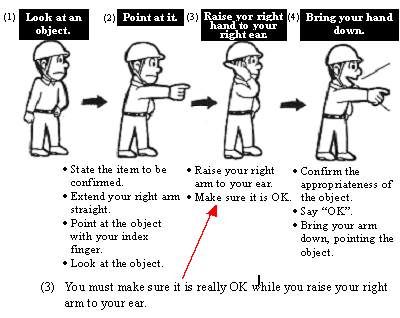denfromoakvillemilton
Senior Member
Member Bio
- Joined
- Apr 30, 2008
- Messages
- 7,602
- Reaction score
- 1,665
- Location
- Downtown Toronto, Ontario
The Boston & SF ones aren't even that nice, very boxy design.
The Brussels ones, new Ottawa ones, new Calgary ones, and new Montreal subway trains all look great to me. The Toronto LRVs should look good as well (same as new streetcars).
I think, not sure, the Toronto LRV's looks just like the new street cars I believe. Seems I have taken this thread off track!






